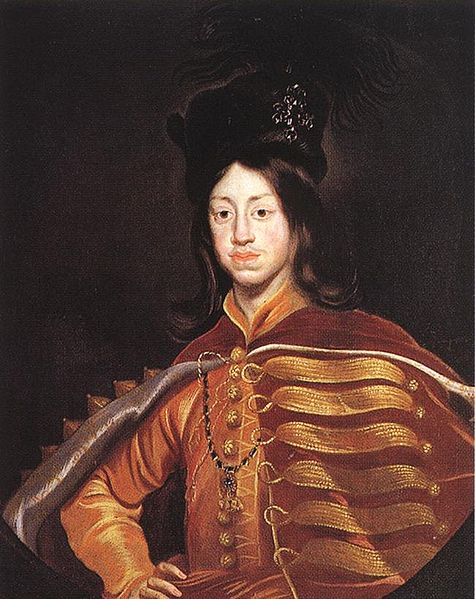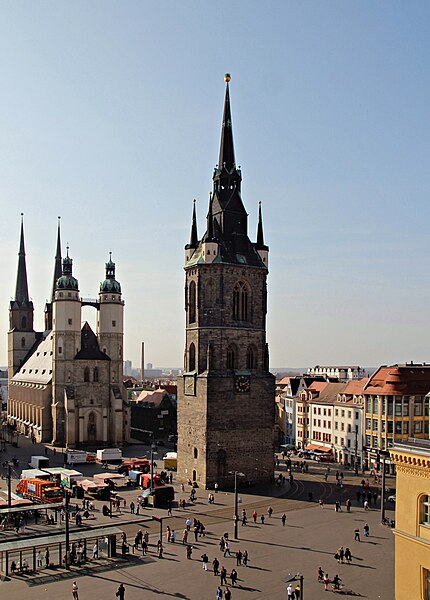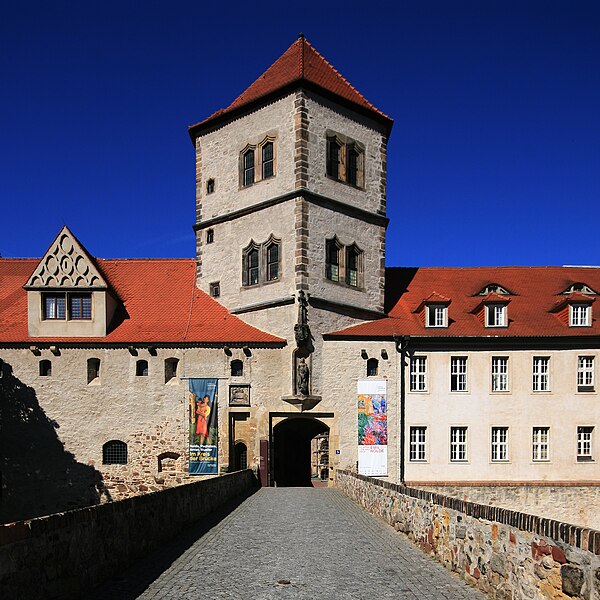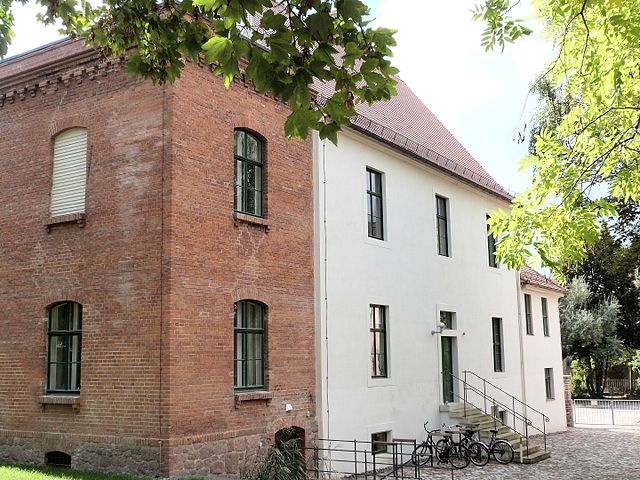German National Academy of Sciences Leopoldina
The German National Academy of Sciences Leopoldina, short Leopoldina, is the national academy of Germany, and is located in Halle (Saale). Founded on 1 January 1652, based on academic models in Italy, it was originally named the Academia Naturae Curiosorum until 1687 when Emperor Leopold I raised it to an academy and named it after himself. It was since known under the German name Deutsche Akademie der Naturforscher Leopoldina until 2007, when it was declared to be Germany's National Academy of Sciences.
Main building of Leopoldina in Halle
Leopold I of the Holy Roman Empire
Miscellanea Curiosa (1692)
An illustration of the Acta Eruditorum of 1712 where the Naturae Curiosorum Ephemerides were published
Halle (Saale), or simply Halle (German: [ˈhalə]; from the 15th to the 17th century: Hall in Sachsen; until the beginning of the 20th century: Halle an der Saale ; from 1965 to 1995: Halle/Saale) is the largest city of the German state of Saxony-Anhalt, the fifth most populous city in the area of former East Germany after (East) Berlin, Leipzig, Dresden and Chemnitz as well as the 31st largest city of Germany, and with around 244,000 inhabitants, it is slightly more populous than the state capital of Magdeburg. Together with Leipzig, the largest city of Saxony, Halle forms the polycentric Leipzig-Halle conurbation. Between the two cities, in Schkeuditz, lies Leipzig/Halle International Airport. The Leipzig-Halle conurbation is at the heart of the larger Central German Metropolitan Region.
Image: 2012 03 Halle 02 Marktplatz (1)
Image: Moritzburg, Burgtor als Hauptzugang
Image: Halle Neustadt Urban District Centre
Image: H51 Francke Krankenhaus Seelsorge








